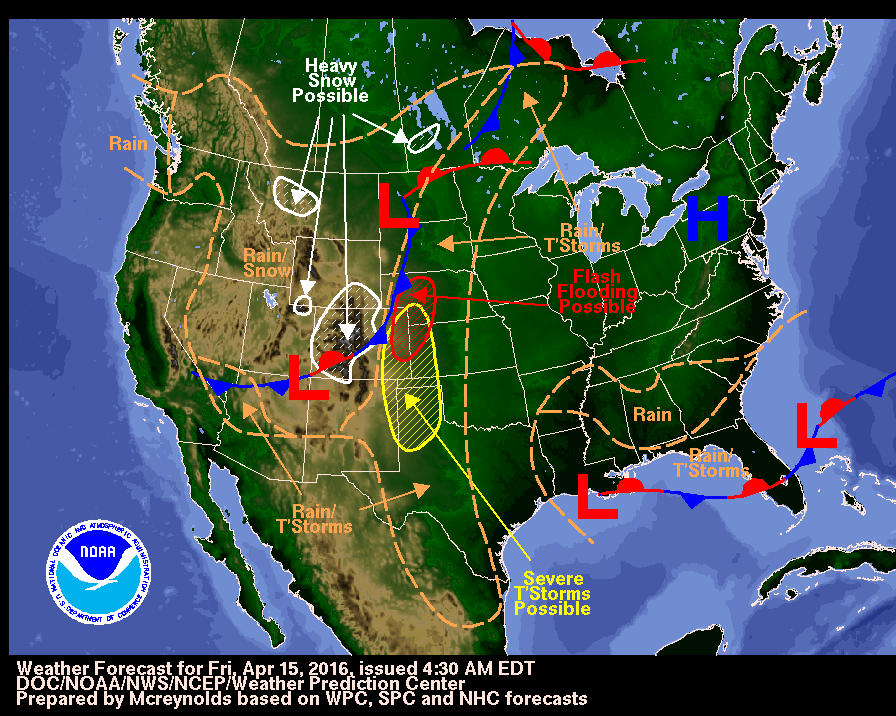
By Irene Klotz
CAPE CANAVERAL, Fla. (Reuters) – Astronomers have discovered 1,284 more planets beyond our solar system, with nine possibly in orbits suitable for surface water that could bolster the prospects of supporting life, scientists said on Tuesday.
The announcement brings the total number of confirmed planets outside the solar system to 3,264. Called exoplanets, the bulk were detected by NASA’s Kepler space telescope, which searched for habitable planets like Earth.
The new planets were identified during Kepler’s four-year primary mission, which ended in 2013, and previously had been considered planet-candidates.
Scientists announcing the largest single finding of planets to date used a new analysis technique that applied statistical models to confirm the batch as planets, while ruling out scenarios that could falsely appear to be orbiting planets.
“We now know there could be more planets than stars,” Paul Hertz, NASA’s astrophysics division director, said in a news release. “This knowledge informs the future missions that are needed to take us ever closer to finding out whether we are alone in the universe.”
Of the new planets, nearly 550 could be rocky like Earth, NASA said. Nine planets are the right distance from a star to support temperatures at which water could pool. The discovery brings to 21 the total number of known planets with such conditions, which could permit life.
Kepler looked for slight changes in the amount of light coming from about 150,000 target stars. Some of the changes were caused by orbiting planets passing across, or transiting, the face of their host stars, relative to Kepler’s line of sight.
The phenomenon is identical to Monday’s transit of Mercury across the sun, as seen from Earth’s perspective.
The analysis technique, developed by Princeton University astronomer Tim Morton and colleagues, analyzed which changes in the amount of light are due to planets transiting and which are due to stars or other objects.
The team verified, with a more than 99 percent accuracy, that 1,284 candidates were indeed orbiting planets, Morton said.
The results suggest that more than 10 billion potentially habitable planets could exist throughout the galaxy, said Kepler lead scientist Natalie Batalha, with NASA’s Ames Research Center in Moffett Field, California. The nearest potentially habitable planet is about 11 light years from Earth.
“Astronomically speaking, that’s a very close neighbor,” she said.
(Reporting by Irene Klotz; Editing by Letitia Stein and James Dalgleish)





